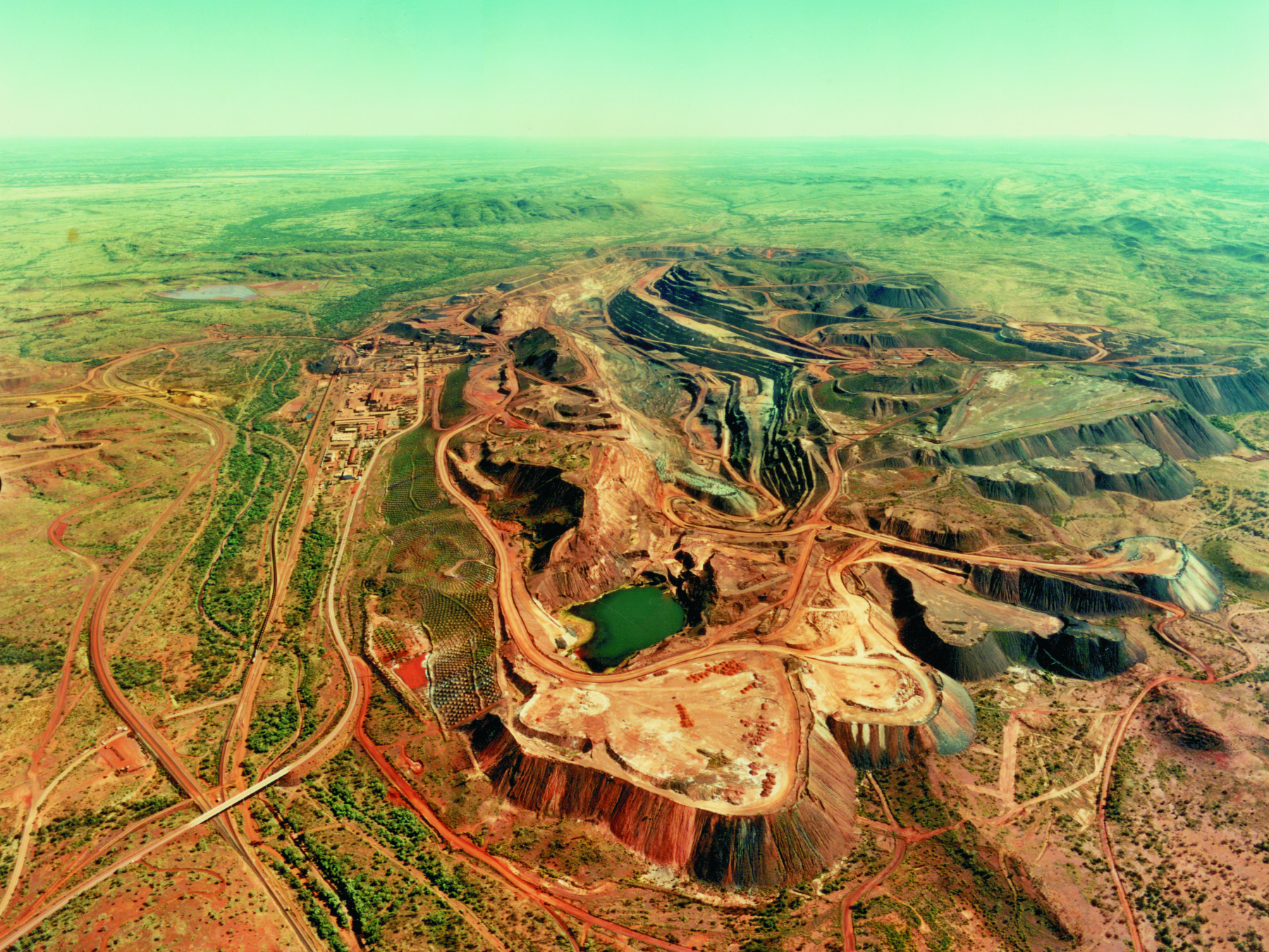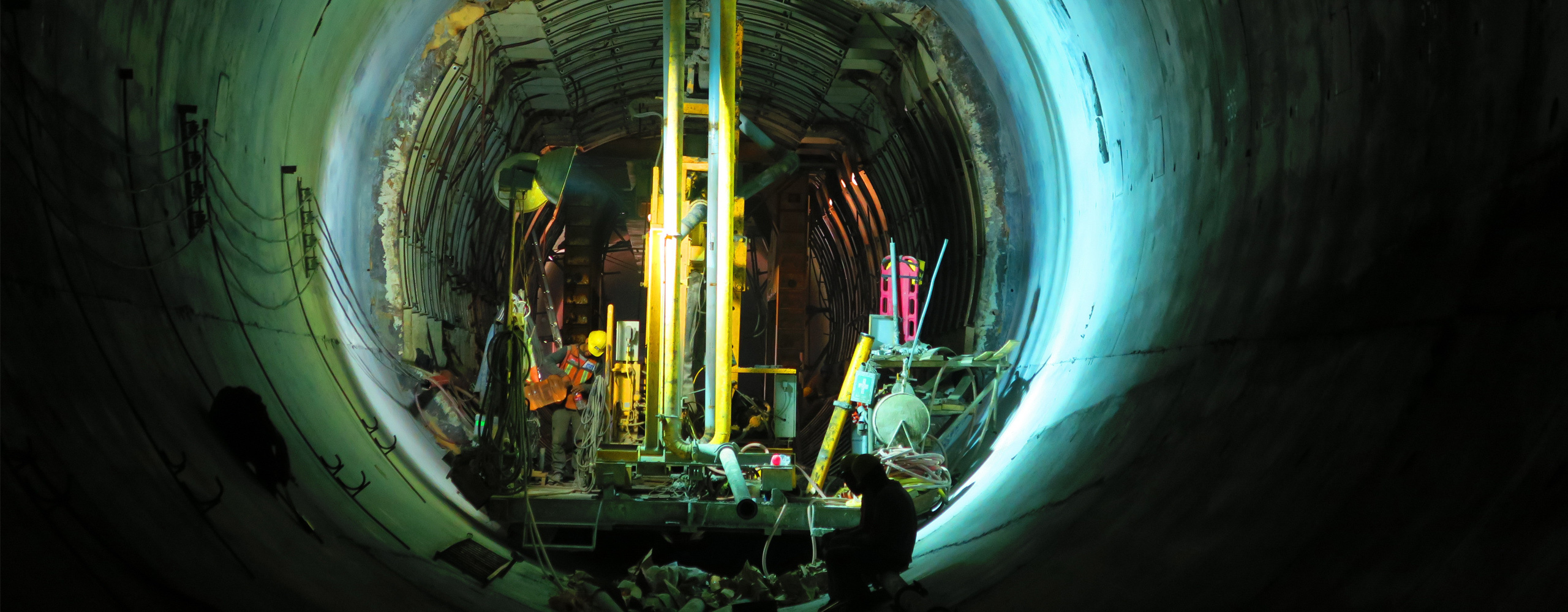Feb 14, 2011 - Feb 16, 2011
Proceedings of the 2nd International FLAC/DEM Symposium
Melbourne, Australia
Editors: David Sainsbury, Roger Hart, Christine Detournay, and Michele Nelson
Proceedings
DOWNLOAD Proceedings (zip, 178 MB)

Preface
Itasca software products, available to users for three decades this year, continue to provide a full assortment of trusted and innovating numerical tools to fill the evolving demands of the geotechnical research and consulting community. The traditional line of Itasca software codes ranges from continuum analysis tools FLAC and FLAC3D to discontinuum/distinct element modeling (DEM) tools UDEC/3DEC and PFC2D/PFC3D. As always, the codes can be used individually, as well as concurrently, to address problems involving various geometrical scales and physics. In addition, new and exciting specialized software products are being developed for consulting purposes to solve particular problems, such as fractured rock mass characterization, and rock blasting and fracturing, to name a few.
Since 1999, eight Itasca software symposia have been held: four FLAC/FLAC3D symposia (in Minneapolis, U.S.A, 1999, in Lyon, France, 2001, in Sudbury, Canada, 2003 and in Madrid, Spain, 2006) two PFC2D/PFC3D symposia (in Gelsenkirchen, Germany, 2002 and in Kyoto, Japan, 2004), one UDEC/3DEC symposium (in Bochum, Germany, 2004), and one joint FLAC/DEM symposium (in Minneapolis, U.S.A, 2008) where the emphasis is on a range of software solutions to engineering problems, rather than on one software approach.
The papers in this volume are the proceedings from the 2nd FLAC/DEM Symposium held on February 14-16, 2011 in Melbourne, Australia. This is the second conference to feature topics and discussions covering applications of all Itasca software. This volume contains 92 papers selected for presentation at the conference, and there is an almost equal division between papers describing continuum analysis and distinct element analysis. The contributions cover a wide range of engineering applications in the areas of: mining, slope stability, soil/structure interaction, tunnel support and design, fracture formation and propagation, synthetic rock mass modeling, material behavior, and dynamic analyses,
including slopes, dams, underground structures and tectonics. Papers are also provided on special topics, such as coupled and time dependent processes, material handling, user-defined models and numerical techniques.
The proceedings illustrate a wide range of numerical approaches to solve problems in geomechanics. We hope thatthis collection of papers will be well received, stimulate interaction between Itasca code users, raise the interest of new users, provide insights for numerical solutions of geotechnical problems, and serve as useful reference for upcoming analyses.
This compilation would not have been possible without the efforts of our authors and our Technical Committee. We extend a special thank you to Mark Lorig, who did the graphicsillustration for the cover, and Brian Houska, who produced the CD-ROM. Their assistance has been invaluable.
David Sainsbury
Roger Hart
Christine Detournay
Michele Nelson
Editors

